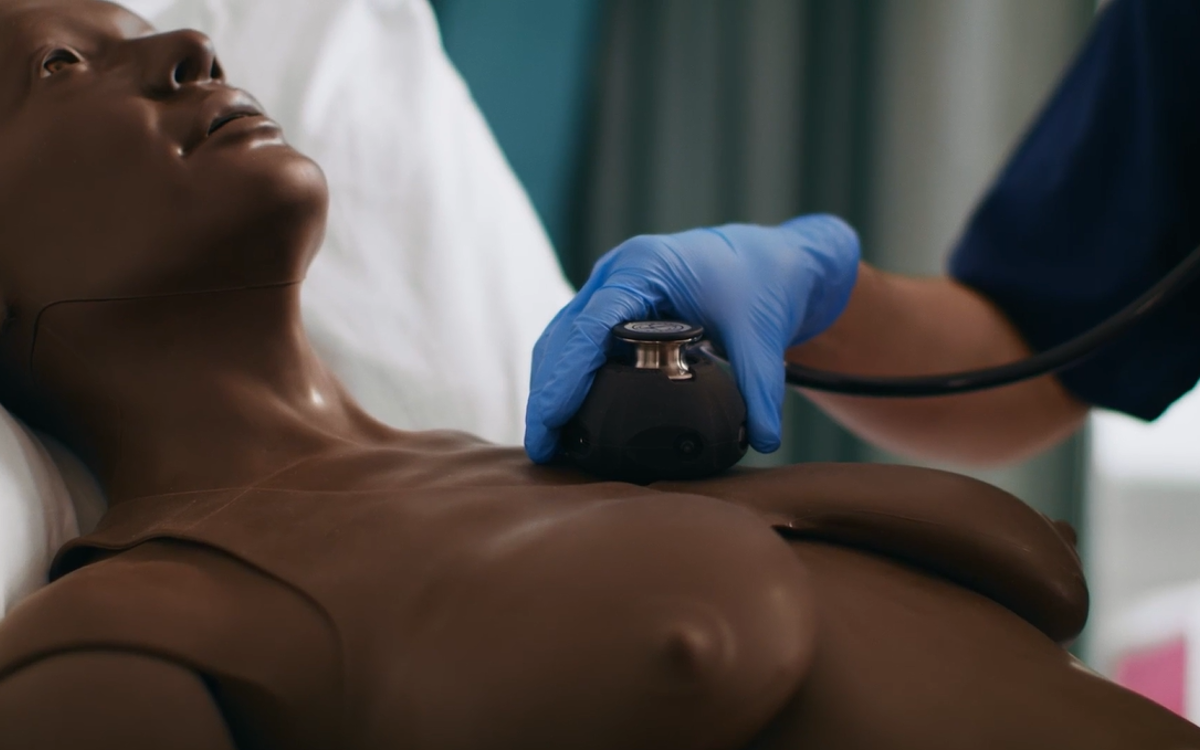Repetition without risk: Keep skills sharp with simulation training
Simulation training with the Cardiovascular and Respiratory Exam Trainer (CaRE) develops lasting clinical skills.

Simulation training provides students with a valuable opportunity to build confidence in their skills before starting clinical placements. By replicating the challenges of real healthcare scenarios, simulation allows students to refine their skills through continuous feedback and repeated practice. Using simulation models, students can maintain and enhance the skills they’ve gained, ensuring they're better prepared for clinical environments.
Designed with hands-on learning in mind, the Cardiovascular and Respiratory Examination Trainer (CaRE) supports learners at every skill level. Multiple students can practice optimal stethoscope placement at once, with CaRE amplifying the sounds at correct anatomical sites. Its patented synchronization of pulses, realistic heart & lung sounds, and dynamic chest movements helps learners master the basics and prepare for complexities of clinical practice.
Build confidence in identifying pathological sounds
CaRE offers 23 heart and 10 lung sounds that can be played individually, allowing students to focus on accurately identifying each sound with correct auscultation technique. By exposing trainees to both normal and pathological sounds, trainees can learn to recognize irregularities that are often underrepresented in traditional auscultation training. As their confidence grows, students can progress to interpreting multiple signs at once, using CaRE’s synchronized features to practice more complex assessments.
Teaching made easier with Lesson Plan builder
Simulation training is most effective when guided by instructors. CaRE's Lesson Plan mode allows instructors to seamlessly integrate the model into their lessons by pre-saving common scenarios for students to work through, including individual heart & lung sounds or full clinical cases. Notes can be added to each section to highlight key learning points, ensuring students understand what to listen for and why it matters in clinical practice. Whether used for self-directed learning or classroom teaching, CaRE allows multiple students to learn simultaneously, making practical training accessible before they transition into real patient care.
If you want to discover more about CaRE, check out our article on CaRE’s features. Or if you are considering purchasing a CaRE for your institution, view the product page or book a demo with your representative.
Research
Did you like this article?
Share it on social media today and remember to tag us!

